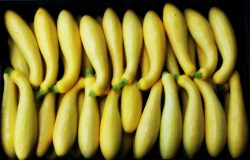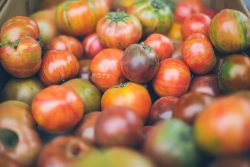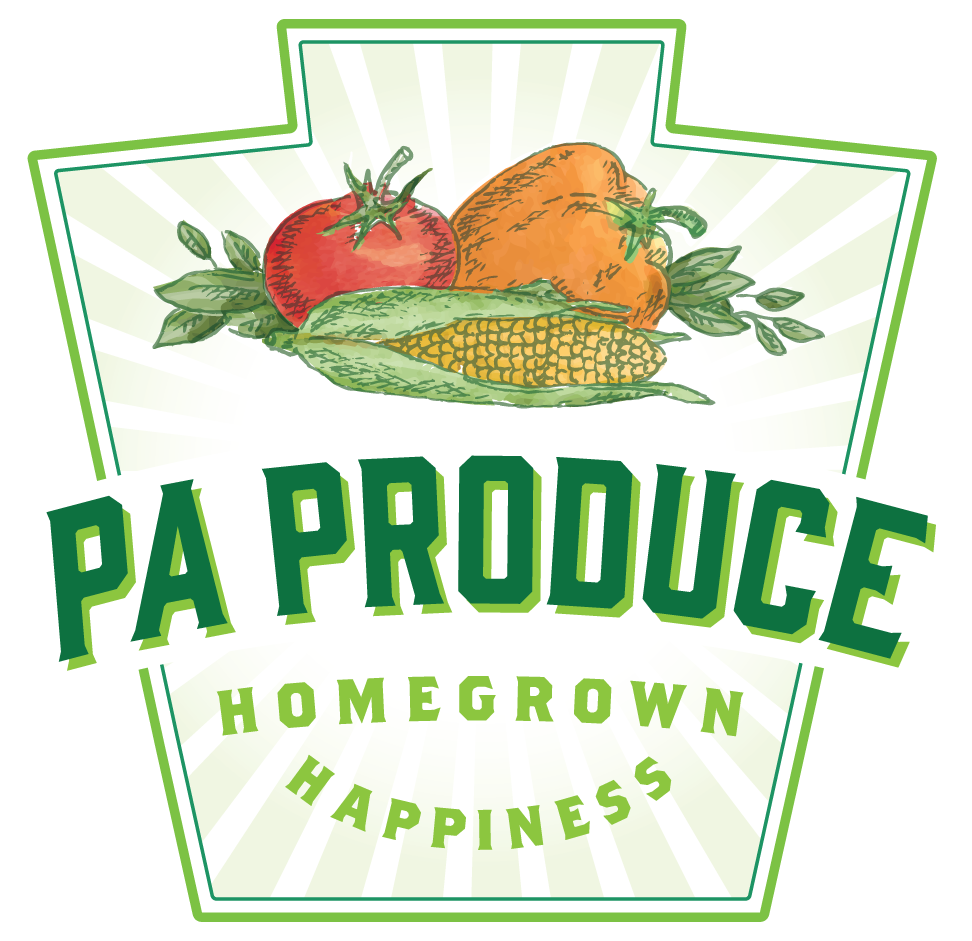
Can you imagine a place where melons are buffed, tomatoes are examined, polished and stacked, lush greens are washed carefully, then spun dry, and berries are delicately rolled into pint boxes? These are only a few of the activities that go on inside a farm’s packing house. All of these processes are done with care in order to ensure that fresh and delicious food is served on your kitchen table.
The entire packhouse operation has a slew of moving parts. It requires multitasking skills from each individual involved, as well as cohesive communication across the entire crew. It’s loud, involves a decent amount of heavy lifting, and can sometimes be the coldest spot on the farm in the winter months. But farms all over the great state of Pennsylvania continue to successfully operate their packhouses day in and day out, with the hopes of sending their freshly cleaned and cared for vegetables to their ideal end destination – your plate!
Time is of the essence in the packhouse and all activities are strategically focused to support that notion. If you’ve ever selected seasonal vegetables from a local source and felt mesmerized by how beautiful – bright, fresh, and appetizing – they appear, then you probably have a packhouse crew member to thank. Here’s how it all works:
The Packhouse Dirt
After a harvest, vegetables often enter a packhouse covered in dirt, mud, or debris. The main goals are to pass the vegetables through a cleaning process and reduce the heat from the field as quickly as possible to maintain freshness and flavor.
The two main ways of cleaning a large harvest are dry polishing and washing. The method chosen is highly dependent upon the type of vegetable. A majority of vegetables are put under or submerged in cool water. Loose greens are gently tumbled in sinks or “bubblers”, quickly spun, drained, and then bagged (or stored collectively in a bin and covered) to prevent wilting. Heads and bundles of greens get a vigorous dunking and close inspection for damage. Some farms also utilize a washing belt – picture a car wash for vegetables – or barrel tumblers. The methods see the likes of produce that sturdier than leafy greens, and can move through the machine without getting stuck.
The farmhands tasked with packhouse duties could easily be mistaken for fisherman or dockhands, as their uniforms consist of various layers of rain gear, especially during the colder months, when they’ll try anything and everything to keep their clothes and bodies’ dry.
Lastly, some vegetables don’t require washing at all. Corn and beans obviously have a protective cover but are still inspected before being packed for the consumer. Large squash, like big pumpkins, are dry brushed. Broccoli and cauliflower sometimes require close examination and/or an ice bath for best preservation prior to consumption. And a skilled tomato farmer will only have to lightly polish the harvest.

How Much? And Where the Heck?
Keep in mind, these vegetables that need quick and careful attention are often arriving to the packhouse in large quantities and from all angles, as different crews work different parts of the farm to harvest heat sensitive vegetables prior to the mid-day sun. And most vegetables are heat sensitive. It’s a race against time with the necessity for close attention to detail. While the packhouse crew is focused on properly cleaning and inspecting the vegetables, they must also be aware of the daily counts.
Depending on the operation, there may be multiple quantity goals for just one vegetable. For example, a farm that has a farm stand, CSA, and wholesale (sells to local vendors, like a specialty grocer, for the customer to purchase indirectly) would have three different numbers to hit for peppers. They may need 150 peppers for the stand, 300 for the CSA, and 500 for wholesale. There can be multiple vegetables harvested that require multiple counts, which makes the elementary skill of counting suddenly seem complicated. To add a little challenge, it’s almost guaranteed that you’ll have questions and requests coming at you from other farmhands every time you’re in the middle of a count. A handheld tally counter is ideal, but can be tricky when you need to move quickly. Most farms develop systems for counting like easily referenced, uniform rows and layers in crates, cases, and coolers.
Culling the “Herd”
Vegetables are sorted and graded while simultaneously cleaned and counted. It is a bit of an ongoing process that every packhouse hand must be tuned into. Is this vegetable big enough? Small enough? Too soft? Ripe enough? The vegetables are examined to be grouped with similar vegetables but also to be removed from the line if they’re not suitable for any sort of sale. Ideally they’re donated to a food bank or pantry or return to the soil as compost when culled.
Once they’re sorted off the cleaning line, they may also be separated and organized in the walk-in cooler according to their final destinations – farm stand or market, CSA, or wholesale. This process for organization is critical to the efficiency of the packhouse and overall ability of the farm business to deliver satisfaction to the consumer.
Show your support for local by submitting your thoughts and feedback here.
